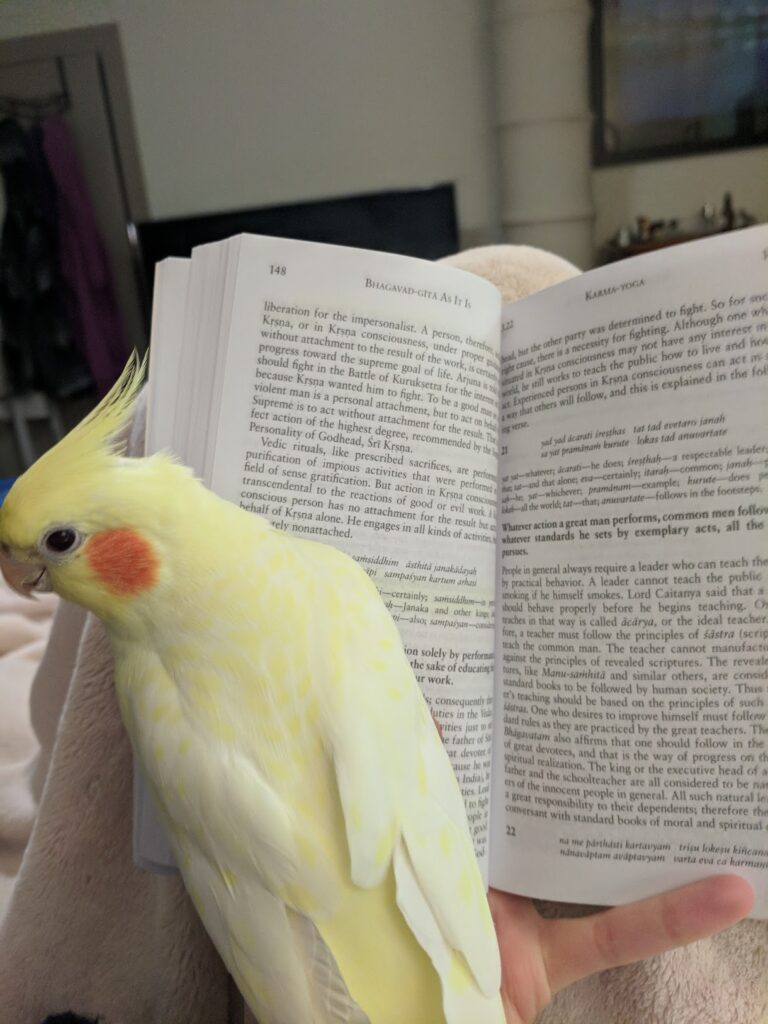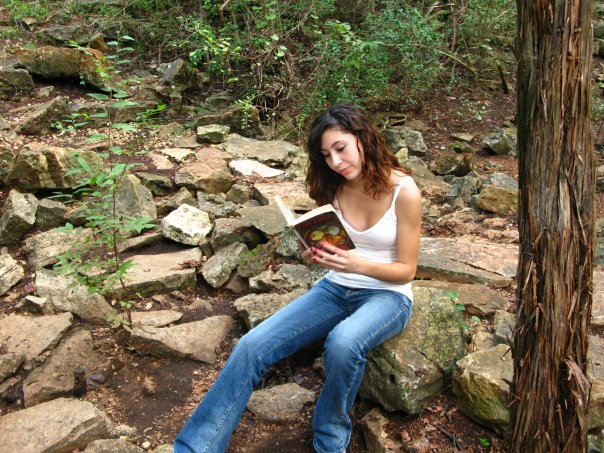“Svadhyaya” means Self-Study
The yoga sutras include lifestyle principles aimed to guide practitioners to new heights. Svadhyaya, or self-study, is one of those fundamental pillars of living in alignment. A curated book list tailored to support svadhyaya, can greatly enhance one’s yoga journey by encouraging introspection, self-awareness, and understanding of one’s thoughts, emotions, and behaviors. By delving into books that explore various aspects of yoga philosophy, psychology, and spirituality, practitioners can deepen their understanding of themselves and their connection to the world around them.
These readings provide valuable insights, guidance, and perspectives that complement the physical practice of yoga, fostering personal growth, inner peace, and a deeper sense of purpose on the path of self-discovery and transformation. Below, you’ll find some of Jules’ favorite readings broken down by topics or categories.

“We read to know that we are not alone.”
-C.S. Lewis
Books by Topic
Anatomy, Physiology and Kinesiology of Yoga
The titles in this category are rather technical but provide vivid illustrations to clarify. Understanding anatomy, physiology and kinesiology of yoga can help teachers be more effective and students be more aware of their optimal postures.
- Anatomy For Arm Balances and Inversions by Ray Long
- Anatomy For Backbends and Twists by Ray Long
- Anatomy For Hip Openers and Forward Folds by Ray Long
- Anatomy For Vinyasa Flow and Standing Poses by Ray Long
- Anatomy Trains by Tom Meyers
- Key Muscles of Yoga by Ray Long
- Light on Yoga by B.K.S. Iyengar
- The Heart of Yoga by T.K.V. Desikachar
- The Science of Yoga by William J. Broad
- Yoga Anatomy by Leslie Kaminoff & Amy Matthews
Titles On Specialized Styles/Formats of Yoga
This category contains titles that explore one or more varieties that exist within the practice. Keep in mind, the concept of yin and yang. Practices like yin, restorative, and nidra are all slow, grounded, and internal practices that emphasize yielding. Yang practices such as hatha, power, vinyasa, and ashtanga are more active and outwardly focused. Finding the style that compliments you is a great way to set yourself up for success.
- The Complete Guide to Yin Yoga: The Philosophy and Practice of Yin Yoga by Bernie Clark
- Journey into Power by Baron Baptiste
- Yoga Nidra by Richard Miller, Ph. D.
- Yoga For Your Type by David Frawley and Sandra Summerfield Kozak
Ayurveda
Ayurveda translates from Sanskrit to English as “life knowledge.” Ayurveda is the ancient sister science to yoga that invites us to live a skillful life beyond the mat. This practice can create harmonious lifestyle practices that propel yogis down the path to self actualization. This category contains titles from some of the most revered Ayurvedic practitioners.
- Ayurveda and the Mind: the Healing of Consciousness by Dr. David Frawley
- Ayurveda: The Science of Self Healing by Dr. Vassant Lad
- From the River of Heaven by Dr. David Frawley
- Herbal Recipes for Vibrant Health by Rosemary Gladstar
- The Yoga of Herbs by Dr. Frawley and Dr. Lad
- Vedantic Meditation by David Frawley
Chakras and Yoga of the Subtle Body
The subtle body refers to both the energetic and psychic bodies existing within and beyond the physical body. Topics relevant to subtle body include universal unconsciousness, archetypes, symbols, and vibes. This category has a diverse splattering of aforementioned topics that fundamentally point to nervous system regulation and developmental psychology.
- Awakening Shakti: The Transformative Power of the Goddesses of Yoga by Sally Kempton
- Eastern Body, Western Mind by Anodea Judith
- Frequency by Penney Peirce
- Mudras by Joseph and Lilian Le Page
- The Breathing Book by Donna Farhi
- Wheels of Life by Anodea Judith
Trauma Informed Readings
Trauma Informed facilitation is important for yoga instructors who work with the public. Yoga is a metaphor for life: we will be triggered by difficult positions on and off the mat and given an opportunity to focus on how we respond. At its core, the practice of yoga is nervous system regulation. Somatic or emotional release is a helpful catalyst for training self regulation. These titles emphasize ways to support the journey.
- Atlas of the Heart by Brené Brown
- The Body Keeps the Score by Bessel Van der Kolk
- The Yoga Nidra Program for Healing PTSD by Richard Miller
- Waking the Tiger: Healing Trauma by Peter Levine
- What We Say Matters by Judith & Ike Lasater
Yogic Classics
This category contains foundational yoga texts. Many of these are ancient, but they don’t get old- reading again and again is recommended!
- Autobiography of a Yogi by Paramahansa Yogananda
- Bhagavad Gita (translated by Eknath Easwaran)
- The Yoga Sutras by Patanjali (Swami Satchidananda Translation)
- The Upanishads (traslated by Eknath Easwaran)
*Modern Adaptations of Yogic Classics
The Great Work of Your Life by Stephen Cope is a Westerner-friendly way to read the Bhagavad Gita
Buddhist & Taoist Readings
This category brings together Eastern philosophical texts that emphasize karma and balancing the totality of life.
- Be Nobody by Lama Marut
- Ethics for the New Millennium by H. H. Dalai Lama
- Healing Anger: The Power of Patience from a Buddhist Perspective by H. H. Dalai Lama
- Siddhartha by Herman Hesse
- The Tao of Pooh by Benjamin Hoff
- When Things Fall Apart by Pema Chodron
